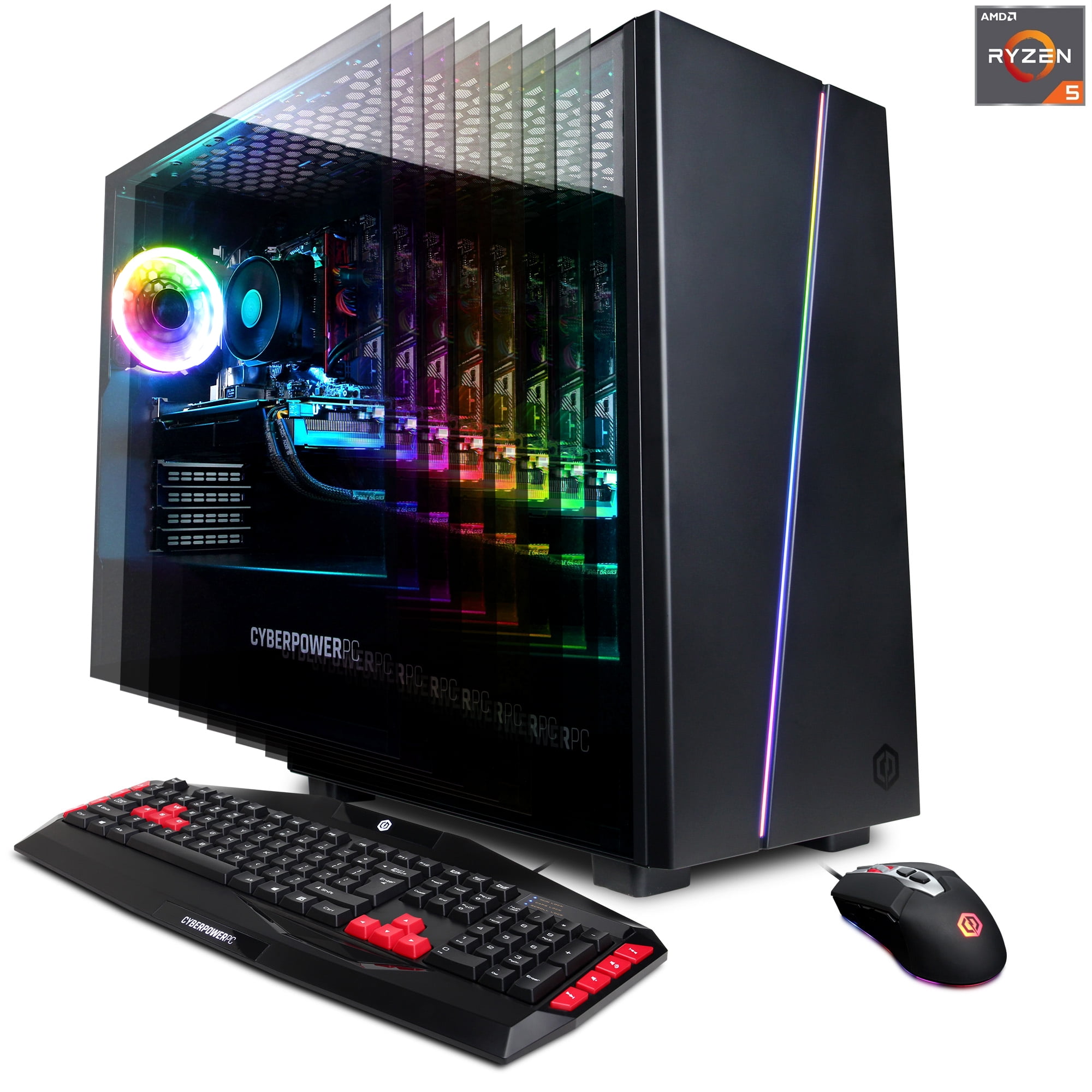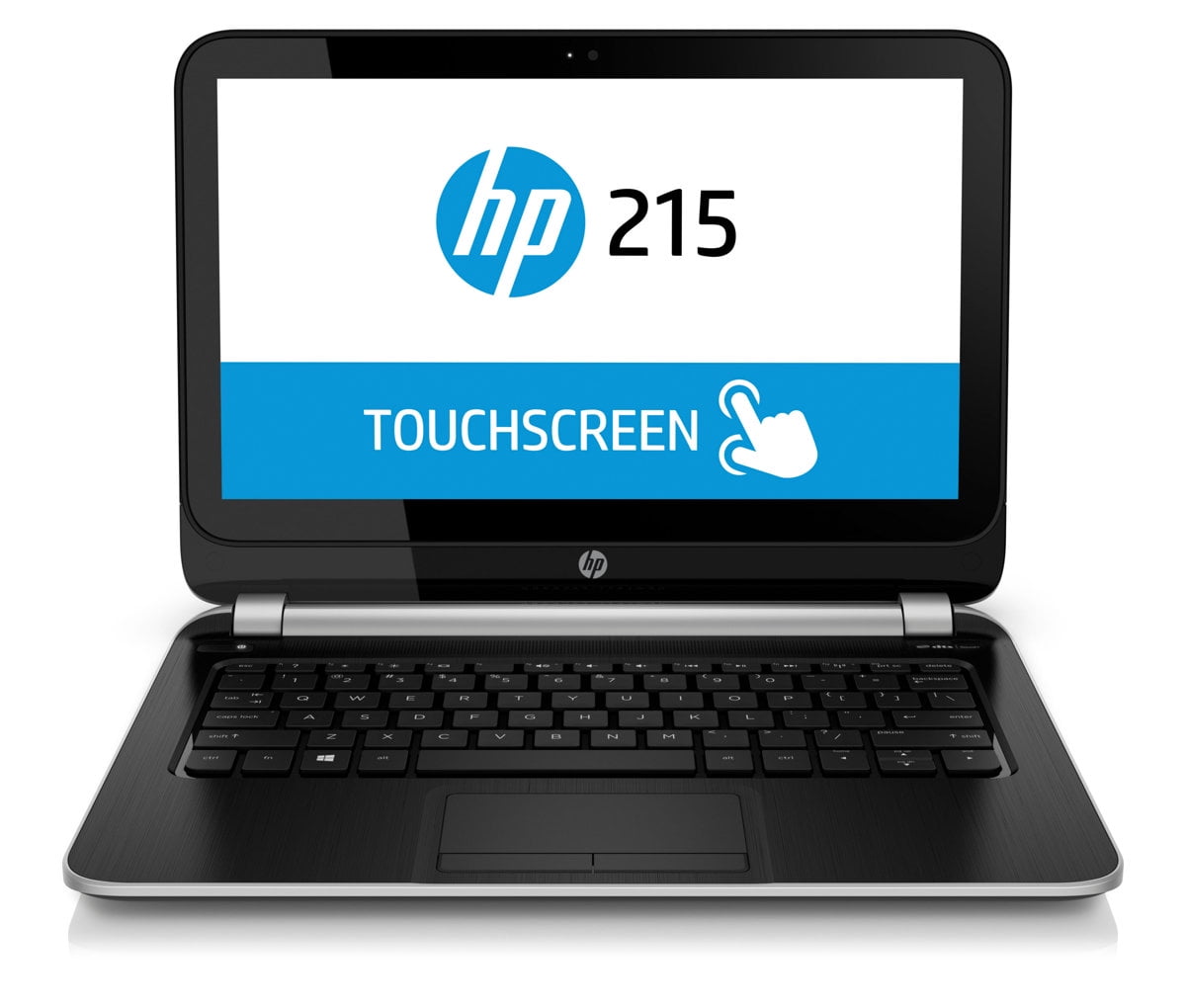Random access memory, or RAM, is the short-term or operating memory on your personal computer, and it is accountable for how the PC runs. As you continue to use your Windows PC, the available RAM (Random Access Memory) decreases. This happens as you install new programs, download applications, keep some unused files or create new files. Over time, your computer begins to slow down. Programs take longer time to launch and in the worst scenarios your computer runs into errors.
Restarting your computer system will clear memory saved on RAM and reset all the running programs and applications. However, this method won’t clear the complete memory but it will boost up the processing speed of the system. By cleaning up apps running on the background on Windows 10. Update The Windows 10 & Softwares. Close some programs that are currently running to partially clear computer RAM memory. Right-click on any program in the task bar and select the 'Close' option. That will free up the memory used by the program. Even if you close every program running on the task bar, a big chunk of memory is taken up by the operating system.

Such slow-running PCs are frustrating, and misused RAM is a key culprit why computers become sluggish. With a few simple troubleshooting steps and guidelines, you can free up RAM space and improve your computer's performance. Read below to know such steps:
Uninstall the installed Programs
The RAM decreases as you install new programs on your computer; the more you install the programs the slower it will become. For everything appears on your computer takes up a certain amount of system resources. Over time, your computer gets more and more slowly, the boot time extends, and all programs take longer to launch. Hence, to get rid of this, just uninstall all the programs that are not needed keep only the required programs.
For this just follow the below steps:
- Click Windows Start button -> Control Panel -> Locate the programs you are no longer use -> Double-click Add or Remove Programs-> follow the instructions to uninstall the programs.
- After this just remove the delete the setup files of those uninstalled programs For this go to Start -> Program Files -> locate the uninstalled programs just delete them and empty the recycle bin.
Uninstall invalid and corrupt registry entries
If your Windows 10 device is running low on storage, here are a few ways to free up some drive space. Delete files with Storage sense Open the Start menu and select Settings System Storage. In this video, I will show you guys how 3 ways by which you can clear your memory and boost your RAM in your windows 10 pc or laptops.Note:- This video has f. Open 'Notepad' or any text editor. Enter the following command: FreeMem = Space (24000000) In this example, you will release 24MB of RAM.
Installing new applications will create new registry entries, even after uninstalling the programs will not remove its registries; they might remain where they've been stored. Over time, your computer will turn into mess. So remember to cleanup registry entries when you uninstall a program.
Click Windows Start button -> Click Run ->Type- regedit -> press enter to launch the Registry Editor -> Locate the uninstalled application -> Right-click on it and select Delete
Clear Windows Cache (Internet files)
As you open new site or pages on your internet browser, the address and other login information will be saved in a temporary files and Browser history to facilitate easy access when you need it the next time. However, this would even lead to unnecessary cache memory and hence needs to be removed.
- In control Panel, locate the Internet Options icon Double-click on it. Under “Temporary Internet Files” click Delete files and then “OK” to confirm. Once all files have been deleted, exit Control Panel.
- Open the browser, click on the Settings option and select History and now just select “Clear Browsing History” this will remove all the history and even free up the cache
- Click the “Start” button -> enter .tmp in the search field. You will find a list of temp files, browse through them and delete all unnecessary .tmp files.
Clear Junk files, temporary desktop files, log files etc..
As and when you use your system, your RAM memory will filled with some unused old files and other junk files. Hence one has to get rid of such files. For this you can use the Windows default tool called “Disk Cleanup”. Follow the steps mentioned below:
- Go to Start -> Programs -> Accessories -> System Tools ->Disk Cleanup
- Under Disk Cleanup tab and you will find many categories check on the following: Temporary Internet Files, Recycle Bin, Temporary Remote Desktop Files, Offline Files, Temporary Files, Compress Old Files and Setup Log Files.
- Now click the “More Options” tab and under “System Restore” hit the “Cleanup” button. (It removes all the System Restore points except the most recent one)
- Click the Disk Cleanup and click OK
This will delete all the unnecessary files on your Windows system and free up your RAM. Now your PC is free from unwanted programs and files, thus increases PC performance. Didn't you feel this as a lengthy procedure and requires extra care and time. Instead you can just make use of the Remo Privacy Cleaner software that will do this for you in just one single click. This tool can quickly uninstalls all the programs, removes internet cache and temporary files, erases the junk files, log files etc. Thus with one tool you can perform all the above steps in just a single click.

Memory is often a problematic term within the computer world. There is random access memory (RAM), and disk drive space is usually described as memory. To make things a touch more confusing, using virtual storage involves both RAM and hard disc (or solid-state drive).
Since your hard disc is a different memory type, space that is used for virtual memory will not be deleted until it is overwritten or cleared. Hence, in this article, you’ll learn how to clear virtual memory Windows 10.
What is Virtual Memory?
It seems today everything has the word virtual stuck in front of it. We have virtual reality, virtual currency, virtual machines, etc. Well before any of those existed, we had virtual memory, and it’s the technology that we use every day.
You will find it in Windows, MAC OS, LINUX, iOS, and even in ANDROID. So what is virtual memory, and how does it work? Well, let me explain. Computers have a fixed RAM, so memory can run out, especially when running multiple programs simultaneously.
Mathematica mac download. Virtual memory makes it possible to compensate for a computer’s physical memory shortages by temporarily transferring data from RAM to disk storage. With virtual memory, a system can load more extensive programs or multiple programs running simultaneously, operating as if it has infinite memory space.
Virtual memory can be handled through either paging or segmenting. Paging divides memory into sections or paging files. When a computer uses up its RAM, pages that aren’t in use are transferred to the part of the hard drive designated for virtual memory using a swap file. Youtube download mac os.
Segmentation divides the virtual memory into segments of different lengths. Sections not in use in memory are often moved to virtual storage space on the disk drive.
Some virtual memory systems combine both segmentation and paging. The primary benefits is that memory is used more efficiently. With virtual memory, computers can run programs larger than physical memory without the added cost or hardware.
And it frees application for managing shared memory, which can sometimes lead to accidental overwrites, or sharing of sensitive information. However, it can slow a computer because data has to be mapped between virtual and physical memory, which requires extra support.
So, it’s generally better to have as much physical memory as possible.
Why You Should Clear Virtual Memory?
Virtual memory was developed to automate the movement of program code and data between main memory and auxiliary storage to offer one large store’s looks.
This system greatly simplified the programmer’s job, notably when program code and data exceeded the most memory’s size. Low virtual storage indicates that not only the RAM available for your system hit its capacity, but that reserved hard disc space wants to release RAM has also maxed out.
This can occur during multitasking (running several programs at once) or if a single application or command requires a large RAM amount. Furthermore, memory overuse (also referred to as a memory leak) can occur. This happens when a program keeps using RAM unnecessarily.
In these circumstances, you’ll increase the quantity of virtual storage put aside on your hard disc, but adding RAM offers more significant performance boosts.
How To Clear Virtual Memory Windows 10?
Clear Memory On Windows 10
There are two methods to clear virtual memory:
- Reset virtual memory size.
- clear registry file
How To Clear Virtual Memory Windows 10 Using The Reset Option?
- Go to start or press the Windows key and search for Control Panel.
- Change the view selection to the large icon, go-to the system.
- Note down the RAM size of your computer, and click on advance system settings located at your screen’s left.
- A dialogue box will appear, under Performance click on settings
- Again click on advance and change the Processor scheduling to background services
- Uncheck the box “Automatically manage paging file” and click on “Custom Size.”
- Now use the formula to fill the value that is ” 1.5 x 1024 x your RAM size.”
- For example, if your RAM is 4 gigabytes, 1.5 x 1024 x 4, and you will get 6144 as your final value.
- Put that value in the box ” Maximum Size (MB),” and in initial size, but the “Recommended” amount as shown by the system and click set.
- Click apply and restart your computer. You have successfully reset your virtual memory.
How To Clear Virtual Memory Windows 10 Using Registry File?
- Begin with the registry file tweaking process by typing “Regedt” into the Cortana search box on the Windows 10 desktop.
- Start with the entry in the search results that refer to the Registry Editor program (regedt.exe).
- With the app open, navigate to this specific key “ComputerHKEY_LOCAL_MACHINESYSTEMCurrentControlSetControlSession ManagerMemory Management.”
- On the right-hand side, double click on the “ClearPage FileAtShutdown” and change the value from “0” to “1”.
- From this point until you change the value back to zero “0”, your paging file will be deleted entirely every time on shutdown and start with a new amount on restart.
Note: If all you have got is an SSD, you will want to entirely disable virtual storage. You can do that within the virtual storage panel by selecting the drive it’s on, clicking No paging file, then clicking Set.

How To Clear Memory On Windows 10
However, doing this might limit the dimensions and number of programs you will run at just one occasion. You might try it and then turn virtual storage back on after discovering the shortage of it too restrictive.
CONCLUSION
If this method fails somehow for you and you are still facing running a slow pc, you must consider upgrading your RAM. Upgrading the RAM will increase the performance and improve the virtual memory, and you could see a boost to your performance.
If you add RAM to your computer, you are adding virtual memory as well. The maximum virtual storage set is going to be about triple the quantity of RAM your computer has.
I hope, you have learned how to clear Virtual memory Windows 10 on your system. If you have any further queries, leave a comment below. I’m glad to help you!
